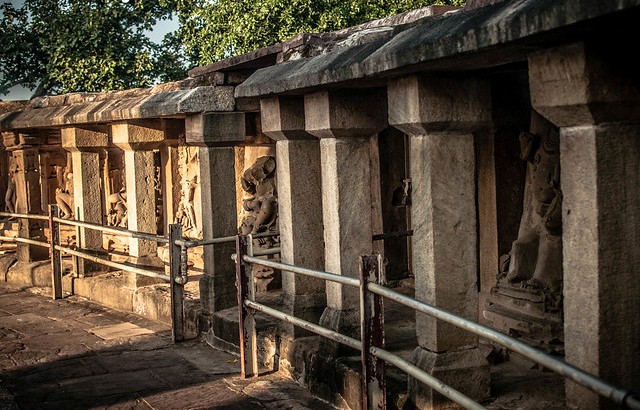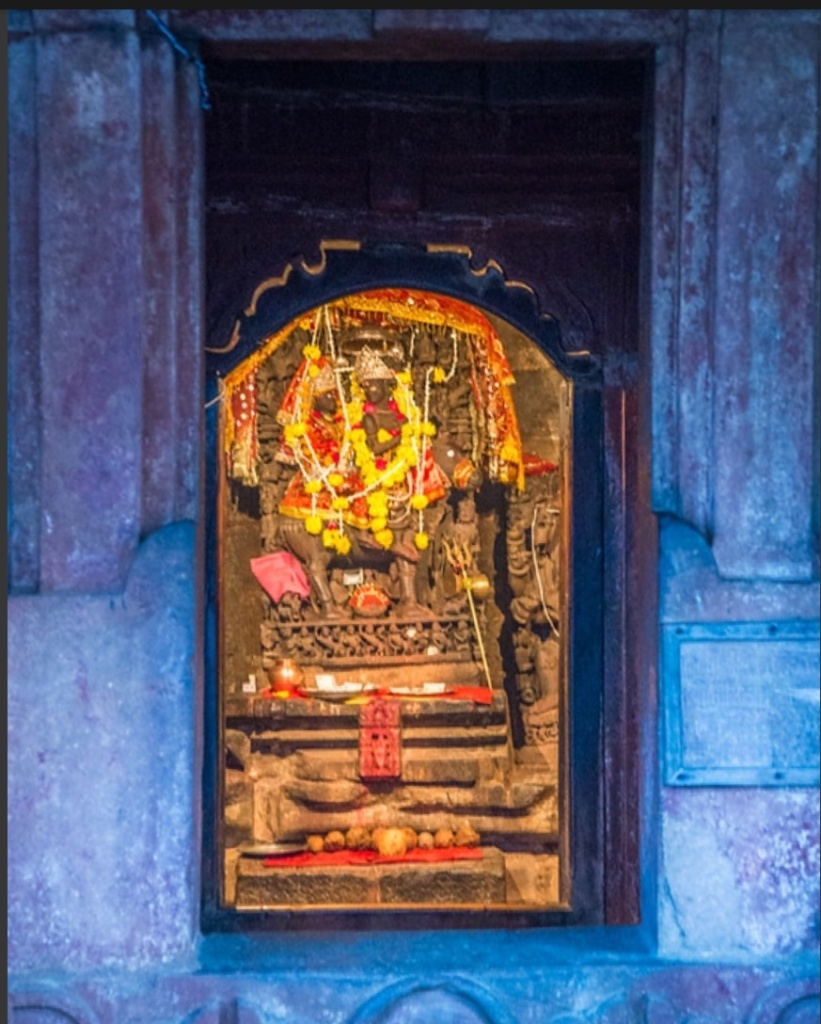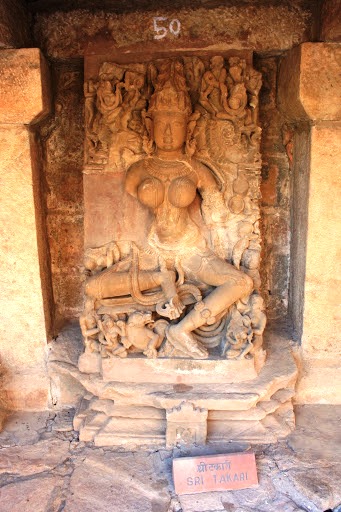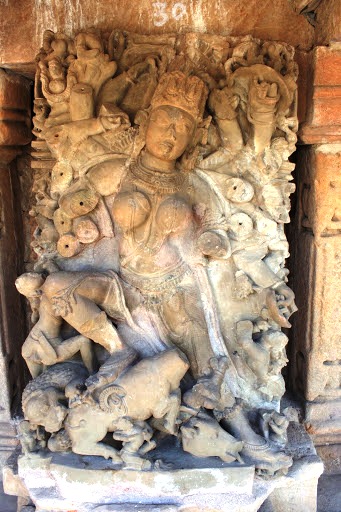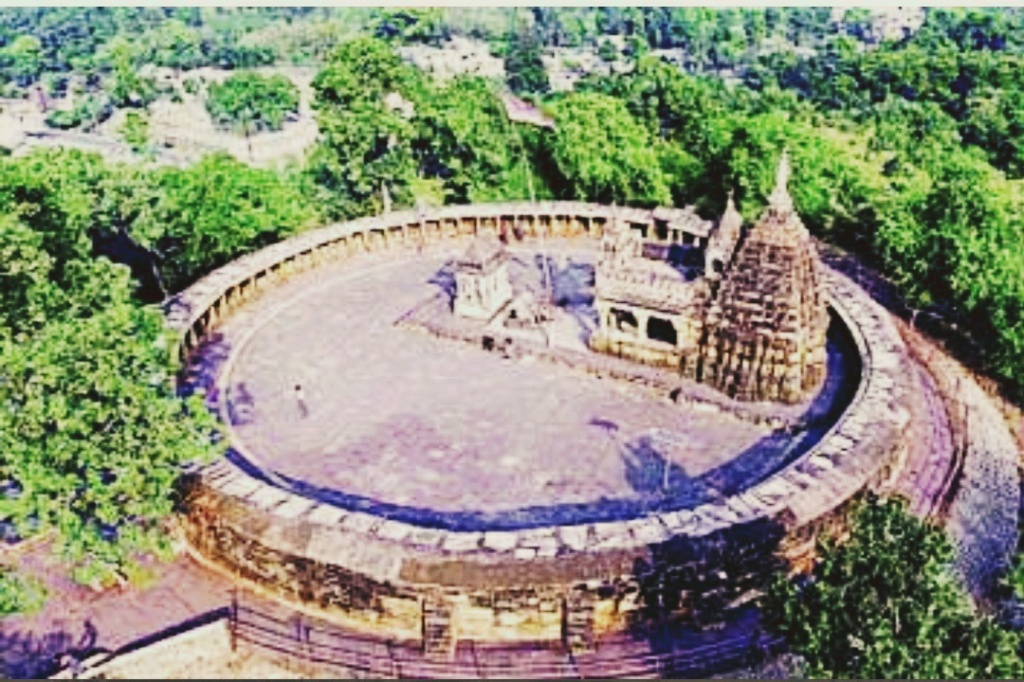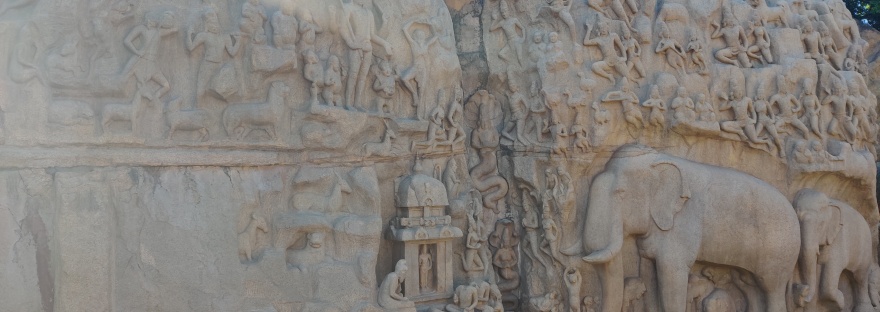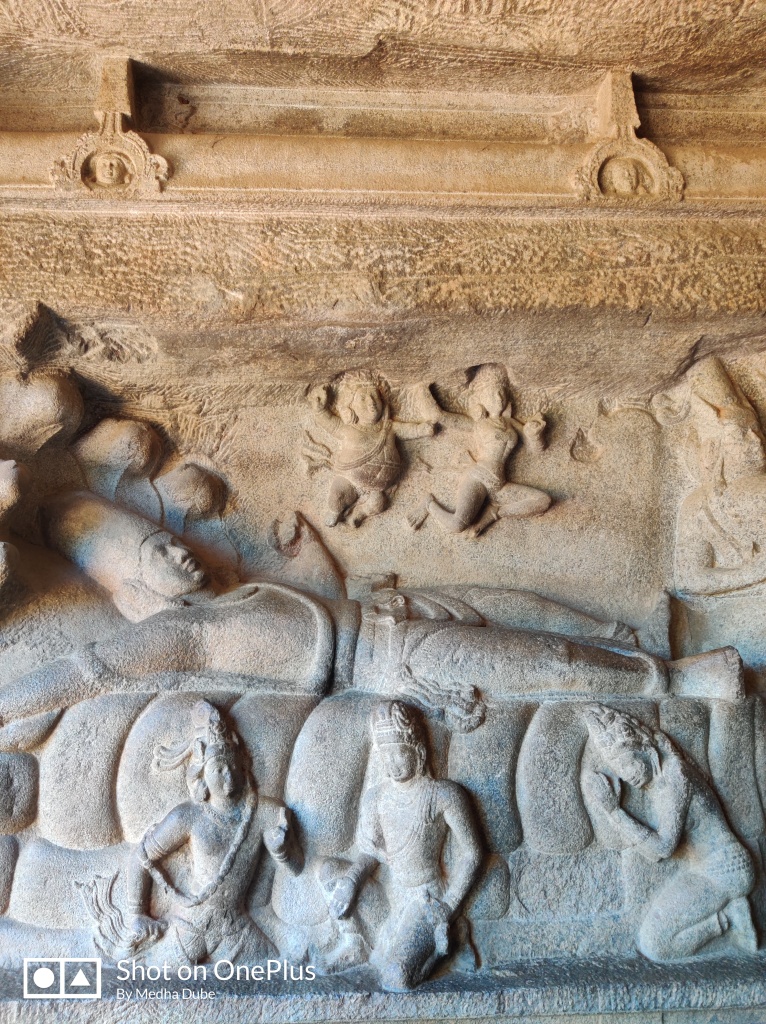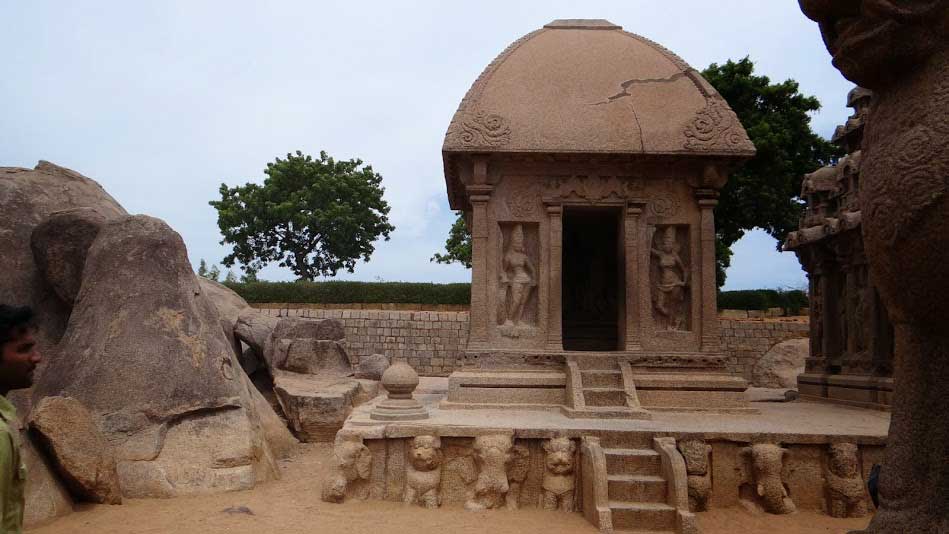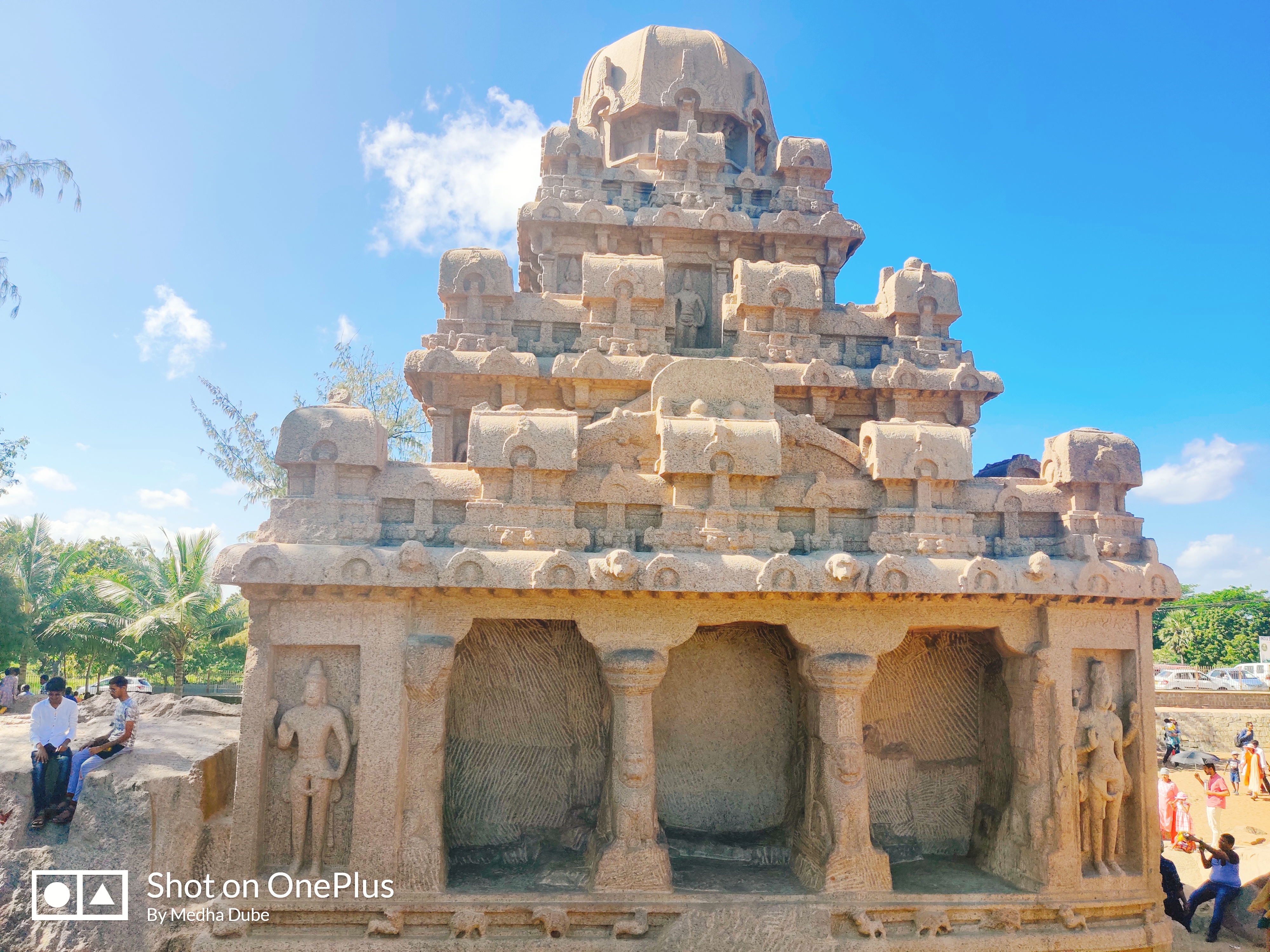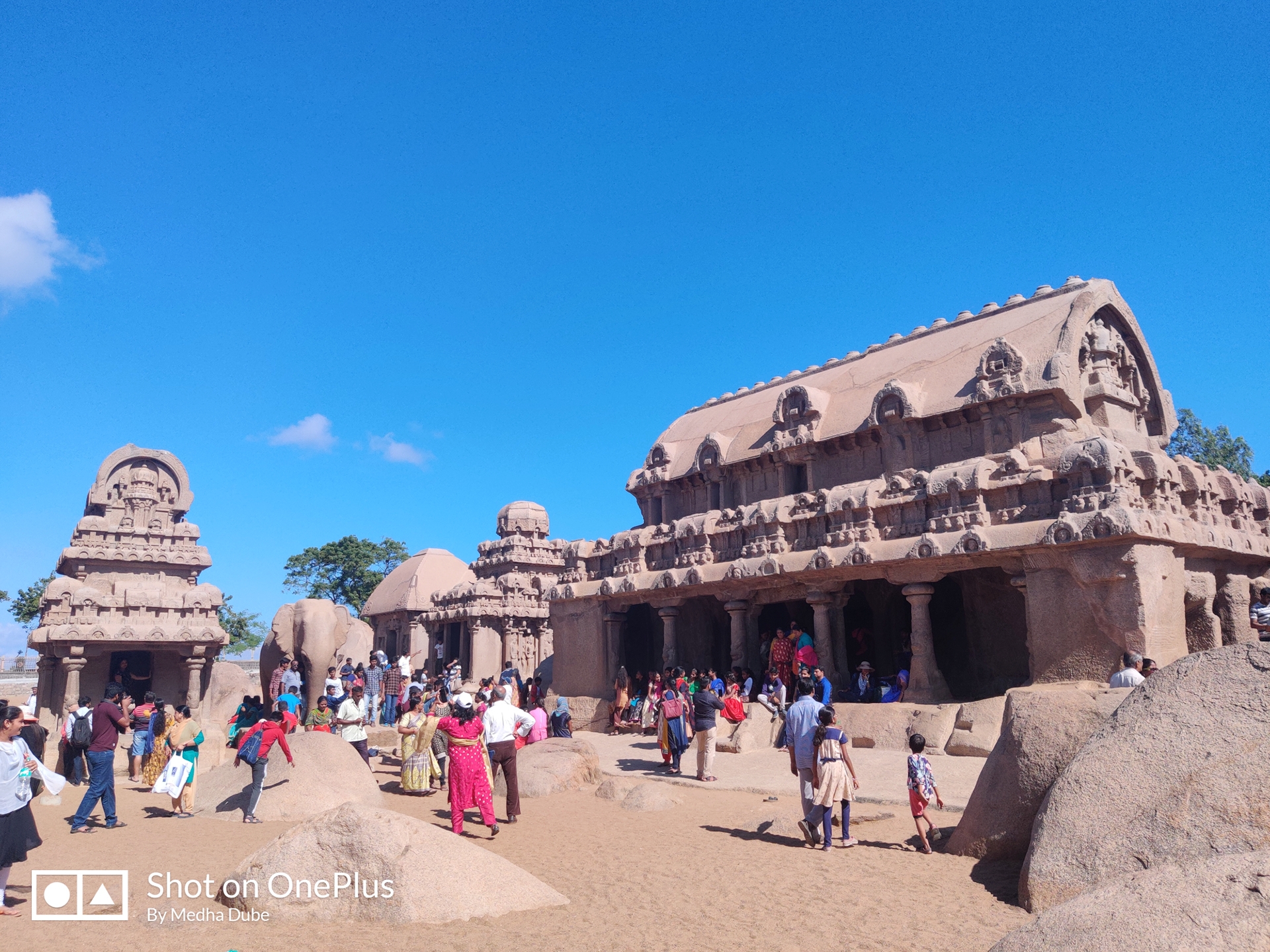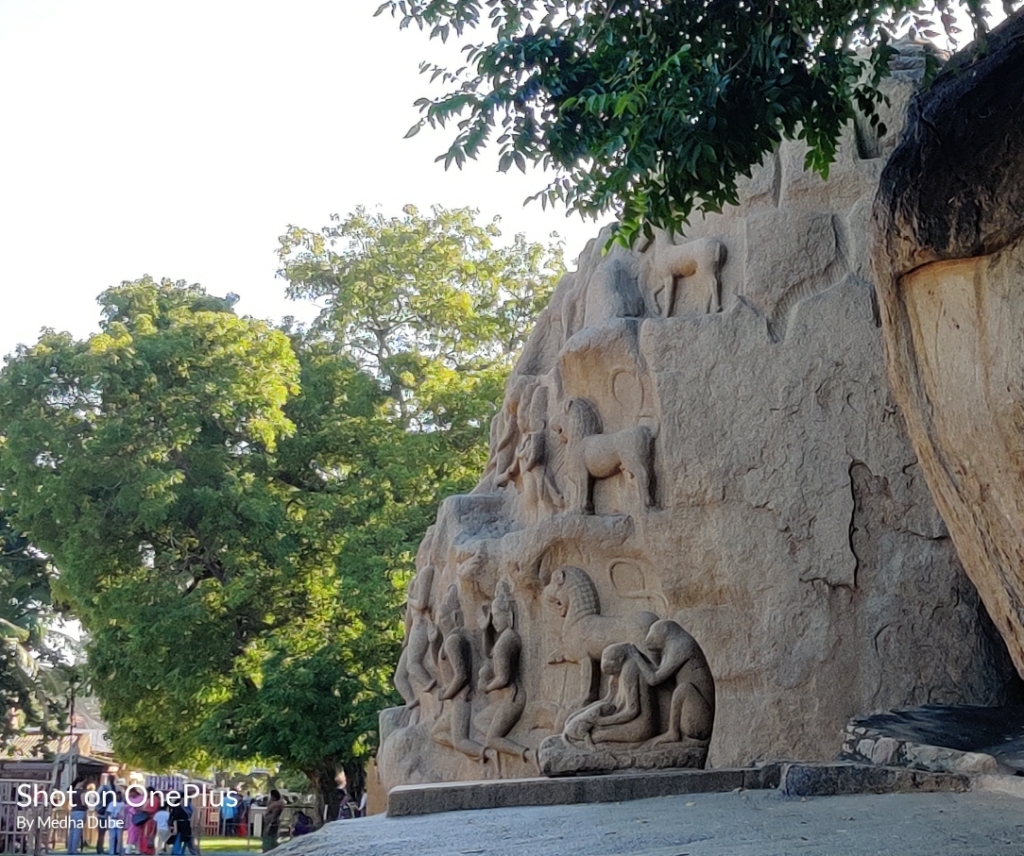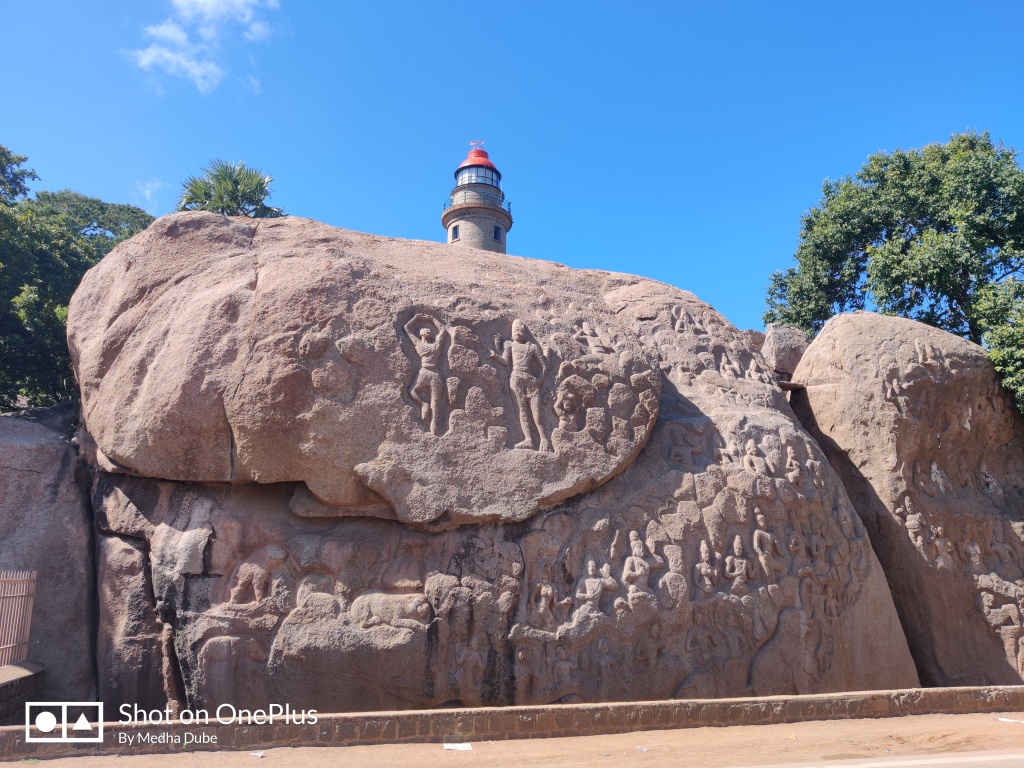A trip to Sanchi is always about getting some new information. Whether you’ve visited there for the first time or the 100th time, there will be something new to your perspective always. We have always known “Gaja- Lakshmi” as one of the aspects of Hindu Goddess Lakshmi, but this time while clicking pictures of one of the torana of the main Stupa of Sanchi, I suddenly found a relief which was very familiar, yet presented in quite a different way. I had an urge to find out more about it and would like to share about my findings, that how this same icon has been represented in Hinduism, Buddhism, Jainism and surprisingly; as a Japanese Goddess as well!
We have often seen the pictures and images of Gaja- Lakshmi in different forms at several places, since this is the most ancient form of the iconographic images, but usually the importance of this particular aspect is not much known to everyone. So after reading and comparing several articles, I would like to present my own analysis of it.
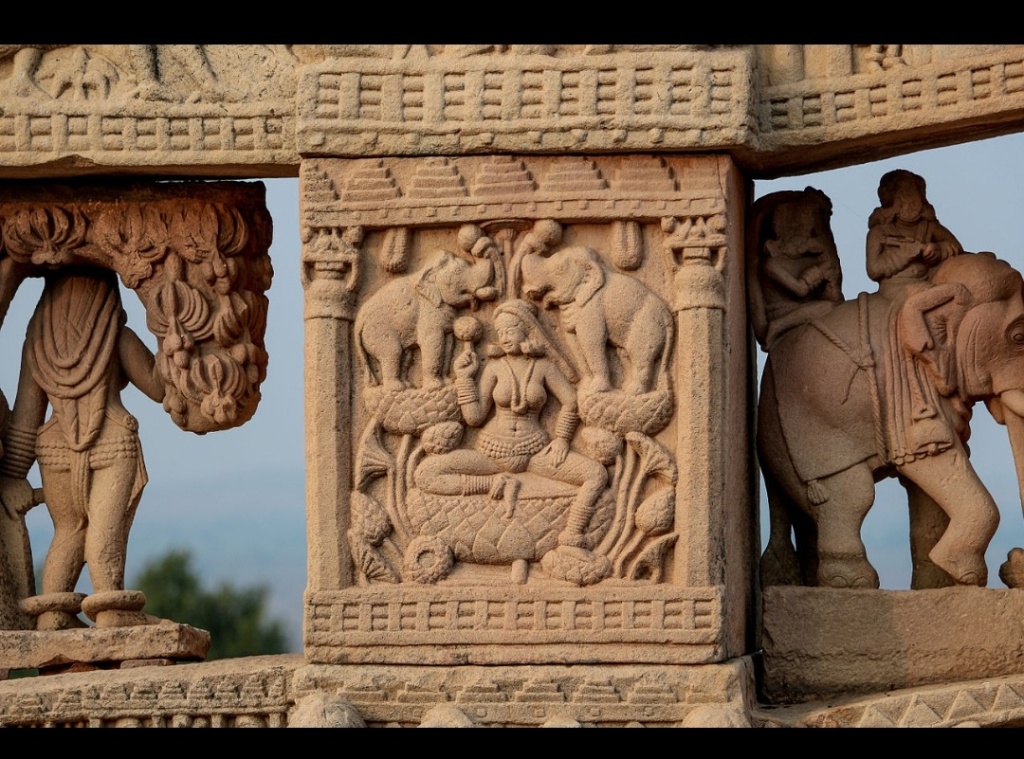

SANCHI is known for its stupas, monasteries, temples and pillars dating from the 3rd century BCE to the 12th century CE. The most famous of these monuments, the Sanchi Stupa 1, was originally built by Mauryan emperor Ashoka, whose wife Devi was the daughter of a merchant from the adjacent Vidisha. Their son Mahindra and daughter Sanghamitra were born in Ujjayini and sent to Sri Lanka, where they inspired the king, the queen and their people to adapt Buddhism.
This most significant Buddhist art was created under the rule of the Satavahana kings, who personally revered Hindu deities. During the first 600 years almost all of the art based on Buddhist themes that one can see today, was made under the rule of Hindu kings. The earliest known images of Gajalakshmi are found in the Buddhist art. She is a common deity in Hindu, Jain and Buddhist monuments.
WHO IS GAJA- LAKSHMI BASICALLY ?
Gajalakshmi, Gajalaxmi (and other spellings) meaning Lakshmi with elephants, is one of the most significant Ashtalakshmi aspects of the Hindu goddess Lakshmi. In this aspect, the goddess is depicted seated on a lotus, flanked on both side by an elephant (gaja). She is shown as seated in Padmasana yogic posture, and has four arms. In each of her upper pair of arms, she carries a lotus, and the lower hands are generally shown in abhya and varadamudra. The elephants flanking her are shown as “lustrating” (ceremoniously washing/ bathing) her, pouring water from their trunk over the goddess. This aspect like most other aspects of Lakshmi is representative of prosperity, good luck, and abundance; and the Gajalakshmi motifs are very common in Hindu and Buddhist iconography.

According to mythology, Gaja Lakshmi once helped Lord Indra to regain his lost wealth from the depth of the ocean. This form of Goddess is the bestower and protector of wealth, prosperity, grace and royalty.
IMPORTANCE OF GAJA LAKSHMI :
Lakshmi’s association with elephants symbolize her royal or sovereign powers. Elephants are liked by Goddess Lakshmi since they have a royal, graceful presence and immense strength. They do not harbor enmity with other animals in the jungle and always have access to abundant food. Their sheer size keeps any potential enemies at bay. They walk with pomp,grandeur, and are naturally beautiful.

The King of Gods ‘Indra’ rides his royal and divine elephant ‘Airavata’. Indra is also the rain bearing God and his elephant symbolizes the rain bearing clouds. Together they nourish the crops on earth and depict fertility. Elephants are therefore, associated with Goddess Lakshmi, the Goddess of beauty and fertility.
Lakshmi is depicted in Indian art as an elegantly dressed, prosperity showering golden-coloured woman with an owl as her vehicle, signifying the importance of economic activity in maintenance of life, her ability to move, work and prevail in confusing darkness. She typically stands or sits on a lotus pedestal, while holding a lotus in her hand, symbolizing fortune, self-knowledge, and spiritual liberation. Her iconography shows her with four hands, which represent the four aspects of human life important to Hindu culture: dharma, kāma, artha, and moksha.
According to a legend, she emerges during the creation of universe, floating over the water on the expanded petals of a lotus flower; she is also variously regarded as wife of Dharma, mother of Kāma, sister or mother of Dhātṛ and Vidhātṛ, wife of Dattatreya, one of the nine Shaktis of Viṣṇu, a manifestation of Prakṛti as identified with Dākshāyaṇī in Bharatasrama and as Sita, wife of Rama.
GAJA- LAKSHMI IN OTHER RELIGIONS :

In Buddhism, Lakshmi has been viewed as a goddess of abundance and fortune, and is represented on the oldest surviving stupas and cave temples of Buddhism. In Buddhist sects of Tibet, Nepal, and Southeast Asia, Vasudhara mirrors the characteristics and attributes of the Hindu Goddess, with minor iconographic differences. The Japanese goddess of fortune and prosperity, Kishijoten (吉祥天, ‘Auspicious Heavens’), corresponds to Lakshmi ji. Kishijoten is considered the sister of Bishamon (毘沙門, also known as Tamon or Bishamon-ten), who protects human life, fights evil, and brings good fortune. In ancient and medieval Japan, Kishijoten was the goddess worshiped for luck and prosperity, particularly on behalf of children. Kishijoten was also the guardian goddess of Geishas. While Bishamon and Kishijoten are found in ancient Chinese and Japanese Buddhist literature, their roots have been traced to deities in Hinduism.
Lakshmi is closely linked to DEWI SRI, who is worshipped in Bali as the goddess of fertility and agriculture. Dewi Sri is always depicted as a youthful, beautiful, slim yet curvaceous woman, with stylised facial features idiosyncratic to the respective locale, essentially a woman at the height of her femininity and fertility. In Javanese iconography, usually Dewi Sri is depicted wearing green, white or golden yellow clothes with regal jewelry attire, similar to Hindu goddess Laxmi, and holding rice plant with full rice grains in one of her hands as her attribute (lakçana).


So, after having a look at all the beautiful variations of Gaja-Lakshmi/ Lakshmi, it is notable that whether in Hinduism, Buddhism, Jainism or as a Japanese Goddess, she has always been the symbolism of prosperity, wealth, good health, fortune, self knowledge and spiritual liberation. Elephants tend to symbolize work, activity, and strength, as well as water, rain and fertility for abundant prosperity.
In the present times, when the world is facing so many issues due to the different misinterpretations of their respective cultures, it must be appreciated, that how our ancestors often used to have the same kind of symbolism/ iconography for the Gods/ Goddesses, that are usually surrounded by nature, while remaining in harmony with animals and all the other natural elements like water, flowers, vines etc. thereby respecting nature in every possible form.




